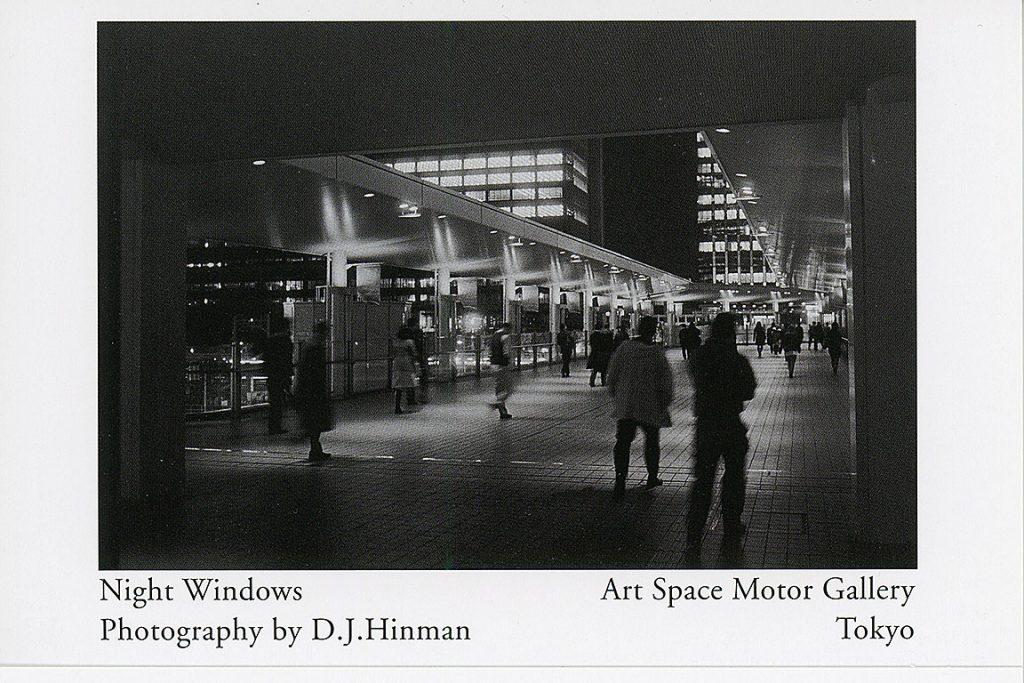
I often walk at night in Tokyo. I enjoy it. The view from street level is different than that from other modes of transportation, a train, a bus or a taxi. Also, as an outsider, walking gives me the chance to learn more about Japanese culture. It gives me an insight to regular life.
Tokyo at night is different from New York, where I used to live. That’s obvious. I notice it especially in the windows. What is different?
For one thing, there are many windows at street level in Tokyo. People still live at street level, either in houses or in apartments. Very few people live at street level in New York nowadays. It is too dangerous. Tokyo, in contrast, is quite safe at night as well as in the daytime.
For another thing, in New York the windows at street level are dark at night. They have shutters that are closed, or the shades are pulled down and the drapes are drawn tight. This leaves the windows dark, at least from the outside. Then, too, the street-level windows all have bars to prevent burglars from coming in.
In Tokyo, though, many first-floor windows have only frosted glass (or「クモリガラス」 in Japanese) separating the inside and the outside. Light enters the house during the day. It escapes at night.
The frosted glass affords privacy. But, it also creates silhouettes on the windows. Imperfect, blurry silhouettes, to be sure, but they give play to my imagination. “This is the kitchen,” they say. My imagination wonders what is cooking here tonight? “This is the living room,” or “This is the laundry room,” they say. I wonder what is going on right now? The silhouettes are the language of a dialog between my curiosity and the reality behind the glass.
Houses, apartments, restaurants, stores and office buildings all have a story to tell.